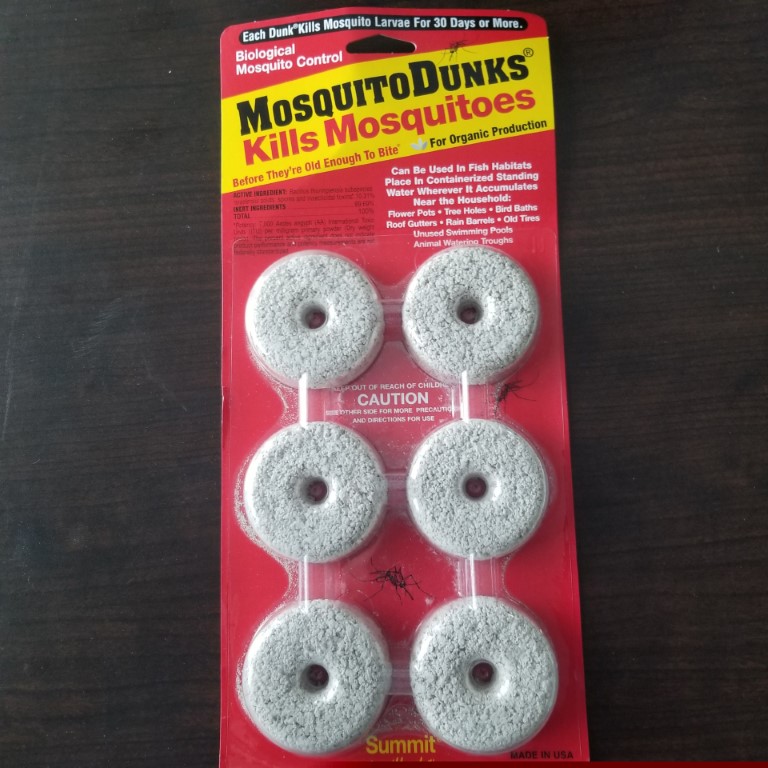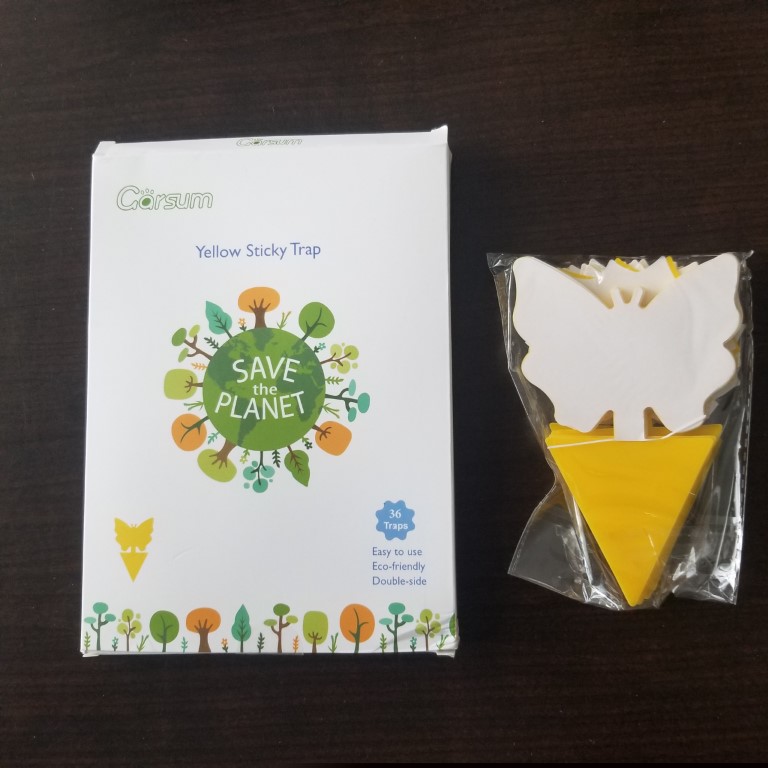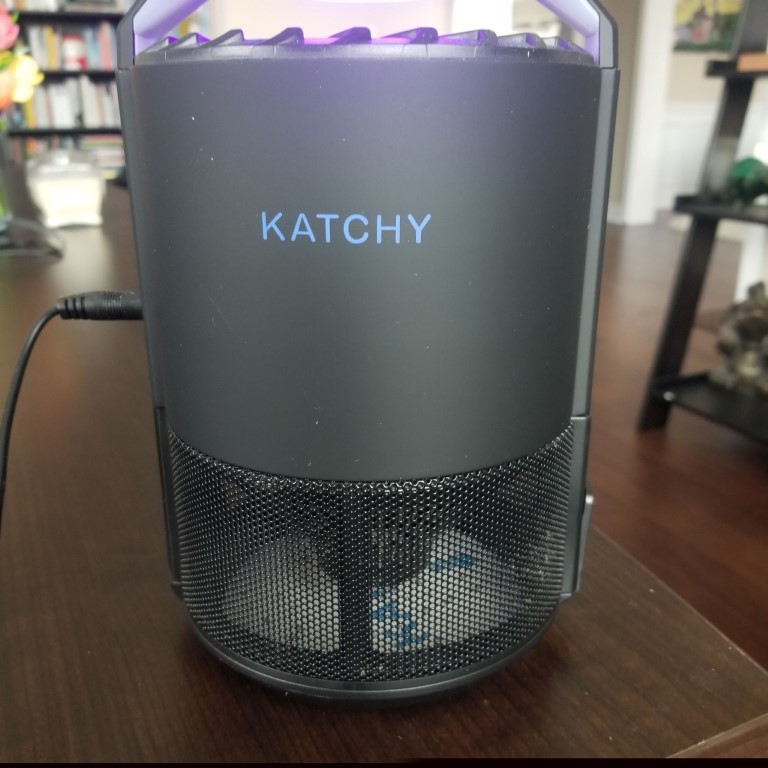At one time or another, every gardener who cares for indoor plants has had to face their dreaded menace: the fungus gnat. These flying insects may be small, but when they arrive, they come in hordes and their persistent presence in your home can drive everyone insane. Fortunately, I have found a way to get rid of these pesky flying devils quickly and inexpensively.
But first, a little background on fungus gnats and why you have them.
Fungus gnats are tiny, dark-colored insects which belong to the family Sciaridae and are known for their relatively short life cycle, typically completing the entire process from egg to adult in a few weeks. Therefore, at the moment you see your first fungus gnat flying around your head, there are already thousands more gnats in various stages of development in the life cycle, as each female repeats the process over and over again. While adult fungus gnats themselves are not particularly harmful to plants, their larvae can cause damage to the roots and stunt plant growth.
The Fungus Gnat’s Life Cycle:
Egg Stage: Adult female fungus gnats lay their eggs in the top layer of moist soil. These eggs hatch into larvae within a week.
Larval Stage: Fungus gnat larvae are tiny, legless maggots with transparent bodies. They feed on fungi, organic matter, and plant roots in the soil, causing potential harm to the plant.
Pupa Stage: After feeding and growing, the larvae pupate in the soil before emerging as adult gnats.
Adult Stage: The adult fungus gnats emerge from the soil, typically living for a few days to a week. Their primary purpose is to reproduce and lay eggs, continuing the life cycle.
Habitat:
Fungus gnats thrive in moist conditions, making indoor potted plants an ideal breeding ground.
Overwatering and poorly-draining soil contribute to the development of fungus gnat infestations. Symptoms of fungus gnat infestations on plants include wilting, yellowing leaves, and poor overall plant health.
How to Prevent These Pests:
- Be diligent and thoroughly inspect new plants for gnat populations prior to buying them or accepting plants as “gifts” from well-meaning friends. Often gnat infestations begin soon after a new plant is introduced to the home. My recent gnat problem began with a Christmas gift of Paper Whites. The lovely, fragrant white flowers were a treasure to see and smell – the tag along fungus gnats – were, well, not so much.
- Allow the soil to dry out between waterings to discourage egg-laying and larval development.
- Improve air circulation and reduce excess moisture to create an inhospitable environment for fungus gnats.
How to Get Rid of These Pests:
If even after your best efforts these annoying winged beasts appear, don’t worry. Here’s what to do:
- Buy Mosquito Dunks (also available on Amazon). These are a game changer – I promise. Not only do these dunks kill mosquito larvae, but they also kill fungus gnat larvae too. Dunks are odorous and can be broken into pieces to meet the size of your plants/watering needs – just follow the easy-to-understand directions – and allow them to dissolve in a watering can for a few hours or overnight. Then, water your plants like normal. The dunks last for around 30 days – more than enough time to kill fungus gnats in all stages of their soil bound life cycles.

- If you want to be a triple threat, you might also consider buying an indoor electronic fly catcher. Mine only cost around $19 from Amazon, it works great, and is very quiet. However, be aware these only kill adult flying gnats. They do nothing to stop gnats who are in various stages of development within the soil.
To be honest though, I don’t think you will need to buy an electronic fly catcher if you use the yellow sticky traps along with the Mosquito Dunks. Every time I have a new infestation, I use the sticky traps and dunks together, and within 24-48 hours, my gnat problem has disappeared.
Happy Gardening.










